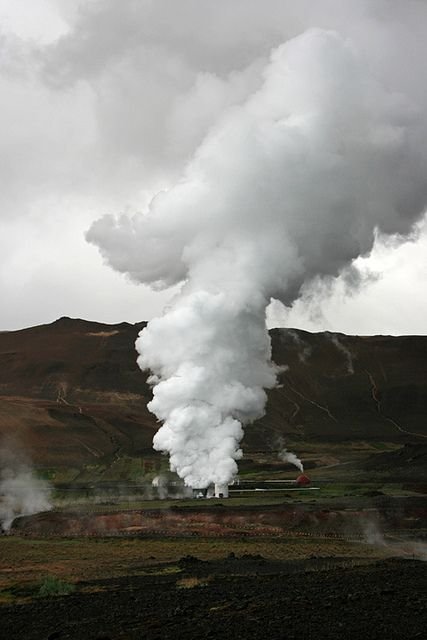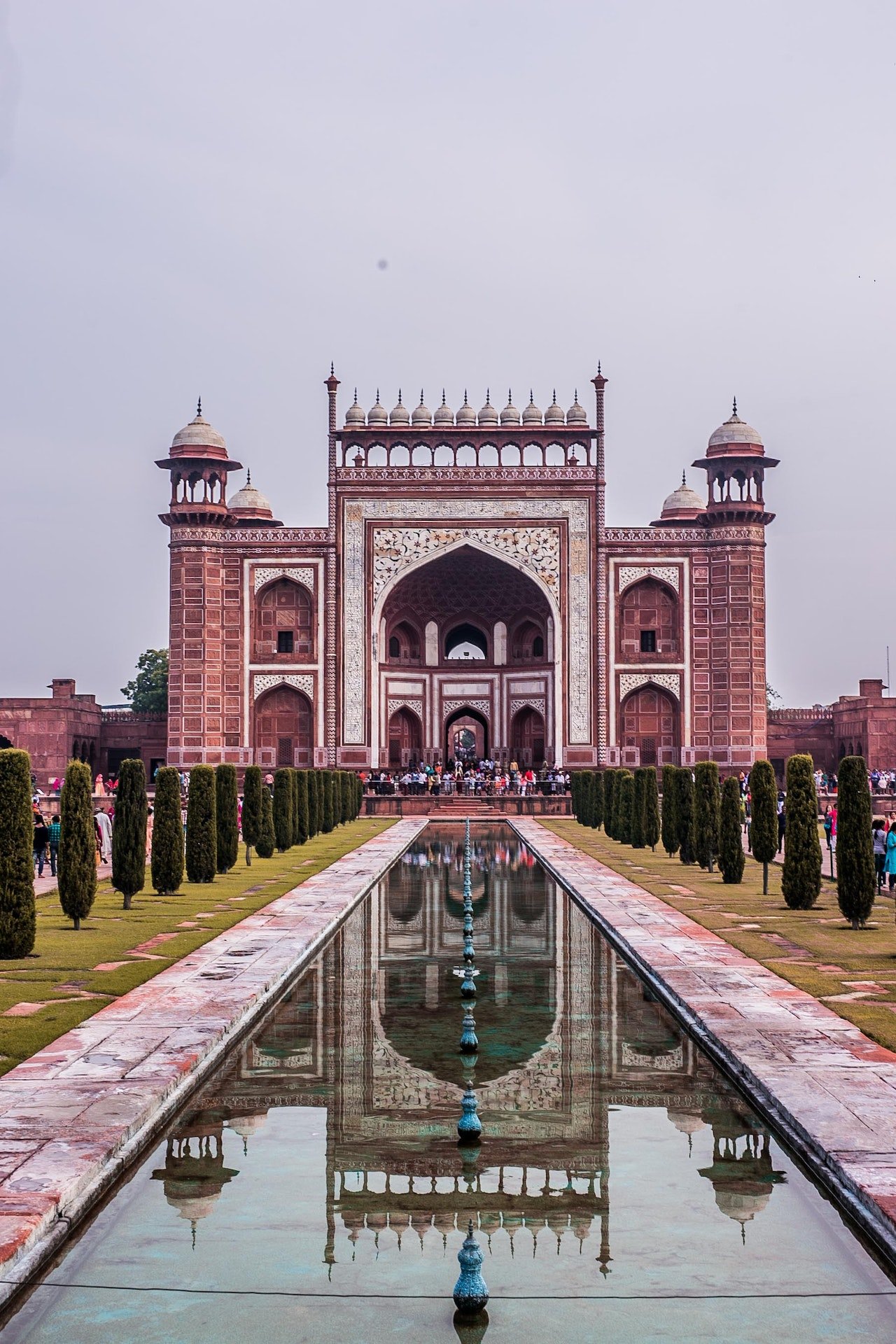The geopolitical landscape in 2025 is marked by rising complexities, power realignments, and shifting alliances. Leaders and nations are contending with challenges ranging from economic realignments to evolving security threats. Understanding these dynamics is crucial for policymakers, businesses, and global citizens who need to anticipate risks and identify opportunities. This article explores the major geopolitical shifts redefining global stability this year and their broader implications.
1. The Rise of Multipolar Power Structures
The global power balance continues to transition from a unipolar (US-led) to a multipolar structure. The growing influence of regional powers such as China, India, and Brazil is reshaping global political and economic frameworks.
China’s Expanding Reach
China is consolidating its dominance both regionally and globally. Initiatives like the Belt and Road Initiative (BRI) are expanding infrastructure development and trade partnerships across Asia, Africa, and Europe. However, concerns about debt diplomacy and resource exploitation have strained relations in some participating nations, raising questions about long-term sustainability and trust.
India’s Assertive Role
India has emerged as a key player balancing China’s rise. Through initiatives such as alliances in the Indo-Pacific, India is strengthening partnerships with countries like Japan, Australia, and the US. This strategy increases regional influence while positioning itself as a counterweight to Chinese dominance.
Diminished US Global Influence
While the US remains a significant global power, its decreasing engagement in international institutions, alongside domestic political divisions, has created a leadership vacuum in some areas. This retreat has encouraged other nations to push forward their own agendas, altering the dynamics of strategic alliances.
2. Intensifying Technology Rivalries
Technological advancement is emerging as a battleground for geopolitical supremacy. From artificial intelligence (AI) to 5G networks, nations are competing fiercely to achieve a technological edge.
AI and Cybersecurity Concerns
AI’s integration into defense and intelligence systems has sparked a new form of international competition. Nations are racing to develop advanced AI-powered weaponry, with many fearing a potential arms race. Meanwhile, cyberattacks targeting infrastructure, governments, and corporations have grown more sophisticated, prompting urgent calls for stronger cybersecurity frameworks and international cooperation.
The Semiconductor Supply Chain Battle
Semiconductors are essential to modern technology, and their production has become a geopolitical hot spot. Taiwan, a global leader in semiconductor manufacturing, is under intense scrutiny due to its strategic location and significance in the technology supply chain. Both China and the US have shown vested interest in securing this valuable resource, raising tensions.
3. The Climate Crisis as a Geopolitical Catalyst
Climate change is no longer just an environmental issue—it has become a trigger for political volatility. The increase in natural disasters, resource scarcity, and climate-induced migration is intensifying geopolitical tensions.
Water Scarcity and Conflicts
Regions dependent on shared water resources, such as the Nile Basin or the Mekong River, are grappling with disputes over usage rights. For instance, Ethiopia’s Grand Renaissance Dam has escalated tensions with downstream nations like Egypt and Sudan, potentially destabilizing the region further.
Climate Refugees on the Rise
Extreme weather events are displacing millions, particularly in vulnerable regions like South Asia and Sub-Saharan Africa. This surge in climate refugees is straining neighboring countries’ resources and creating moral dilemmas for wealthier nations, some of which are tightening immigration policies.
The Race for Green Energy Dominance
While climate goals are driving investments in renewable energy, competition over rare earth elements needed for green technology is intensifying. Countries like China, which controls the majority of rare earth supply chains, hold a significant strategic advantage, creating dependencies for other nations.
4. Shifting Global Alliances
The reconfiguration of alliances reflects deeper geopolitical shifts as countries seek both economic advantages and security guarantees.
The BRICS Coalition’s Expansion
The BRICS nations—Brazil, Russia, India, China, and South Africa—are no longer confined to shared economic interests. Talks of expanding membership and creating an alternative global financial system have emerged, partly driven by dissatisfaction with Western-led institutions like the IMF and World Bank.
NATO’s Evolving Role
NATO, historically focused on defense against Cold War-era threats, is reshaping its mandate to address non-traditional security challenges such as cyber threats and hybrid warfare. Its renewed relevance showcases a growing acknowledgment of multipronged threats in an interconnected world.
Middle Eastern Shifts
Amid ongoing instability, the Abraham Accords, signed in recent years, have strengthened ties between Israel and Gulf nations such as the UAE and Bahrain. However, tensions between Iran, Saudi Arabia, and other regional actors remain high, keeping the region politically delicate.
5. The Surge of Nationalism
Nationalism continues to gain momentum across the globe, altering domestic and international priorities. Leaders appealing to nationalism are emphasizing sovereignty over global collaboration, often disrupting international accords.
Protectionist Trade Policies
Many nations are implementing tariffs and subsidies to protect domestic industries. While these moves aim to strengthen local economies, they risk fragmenting established global trade systems and increasing economic isolationism.
Military Buildup
Countries are intensifying defense spending as leaders promise to protect national security. This uptick in arms investments is particularly pronounced in areas like Eastern Europe, the Indo-Pacific, and South Asia, feeding an atmosphere of distrust.
Mitigating Implications on Global Stability
The combined effects of these shifts are reshaping international stability. However, coordinated actions can help mitigate widespread fallout and foster resilience. Below are suggested steps to address rising challenges:
- Promote Multilateral Engagement: Strengthening the role of forums like the United Nations and G20 can help resolve disputes through dialogue, reducing unilateral actions that lead to conflict.
- Encourage Climate Partnerships: Joint investment in sustainable technologies can ease resource dependency and promote collaborative solutions to global warming.
- Focus on Cybersecurity Treaties: Establishing international norms for digital governance can help prevent cyberattacks that destabilize economies and critical infrastructure.
Final Thoughts
The geopolitical shifts of 2025 present both opportunities and formidable challenges. The rise of multipolar power structures, coupled with advancing technologies, climate-induced pressures, and nationalist policies, is reshaping how nations interact on the global stage. By understanding these factors and adapting accordingly, nations, businesses, and individuals are better positioned to thrive amidst uncertainty. This year, vigilance, collaboration, and strategic foresight will be more crucial than ever for navigating an increasingly complex world stage.




